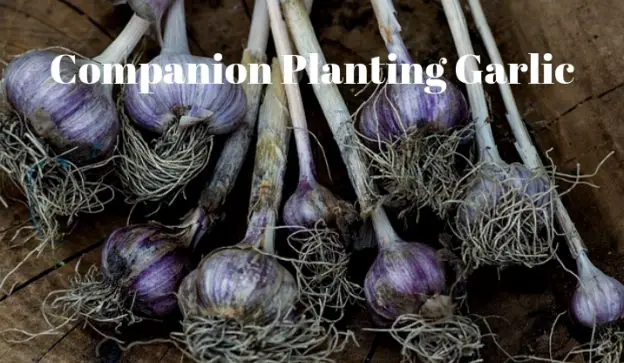Garlic is a natural accumulator of sulphur, a natural fungicide, which will help keep diseases away from your plants. By companion planting garlic you will improve the health and vitality of your plants. Read on for what to grow with garlic and what not to grow with garlic.
Companion Planting Garlic
According to the USDA Animal Plant health inspection service wildlife services, national wildlife research centre garlic repels deer. But that’s not all, garlic repels many garden pests including:-
- Aphids
- Carrot root fly
- Codling Moths
- Snails
- Whitefly
- Slugs
At garden centres you can purchase concentrated garlic sprays which are proven to kill whiteflies and aphids with as little as a 6-8 % concentration. It’s easy to make your own effective garlic spray (details below) and save money.
What to Grow With Garlic
By growing garlic as a companion plant you will repel many pests and the list below is by no means conclusive. I am really only interested in the benefits for vegetable growing with the odd exception. Most plants that are bothered by the pests in the above list will benefit from having garlic as a neighbour.
The plants best grown in companion with garlic are:-
Garlic and Apple Trees
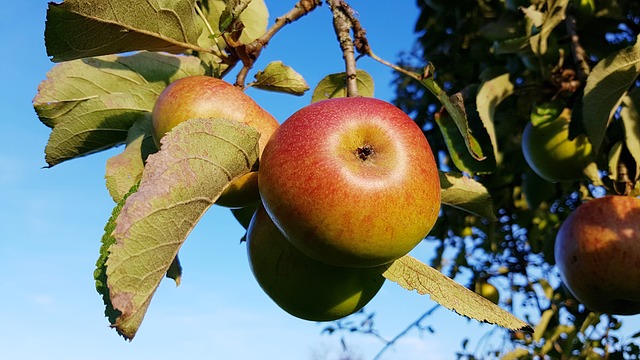
Codling moths lay their eggs in apple trees and their larvae bore into the fruit. This is the maggot you often find in apples (hopefully whole), you can buy pheromone traps. Growing garlic as a companion plant will keep the codling moths away.
Garlic and Pear Trees
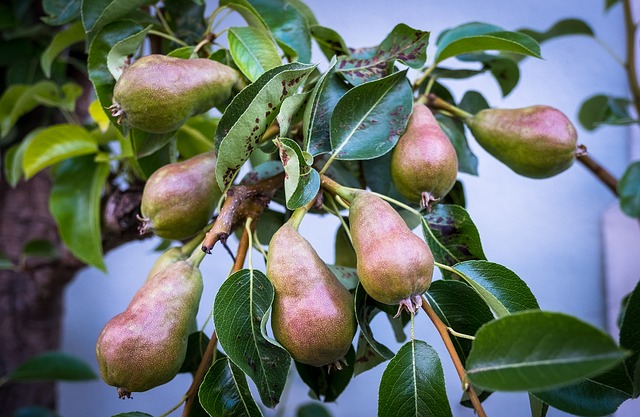
The Larvae of the codling moth is partial to pears as well as apples and garlic is just as effective grown under pear trees. There is some evidence that garlic grown close to apple and pear trees stops the fruit from “scabbing”.
Garlic and Cucumbers
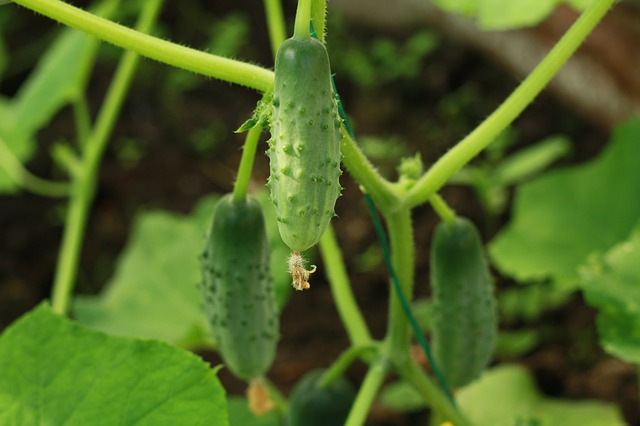
Plant a few cloves of garlic around your cucumber plants to repel aphids and whitefly and benefit from 2 crops in one space.
Garlic and Carrots
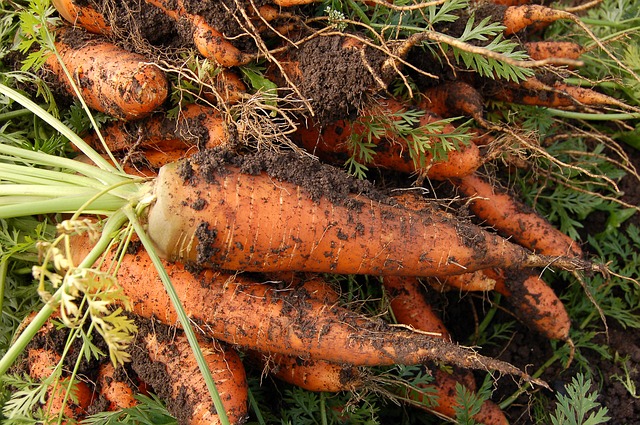
Surround your rows of carrots with garlic to protect the carrots from carrot root fly. It works in 2 ways, it disguises the scent of the carrots and also repels the root flies.
Garlic and Parsnips
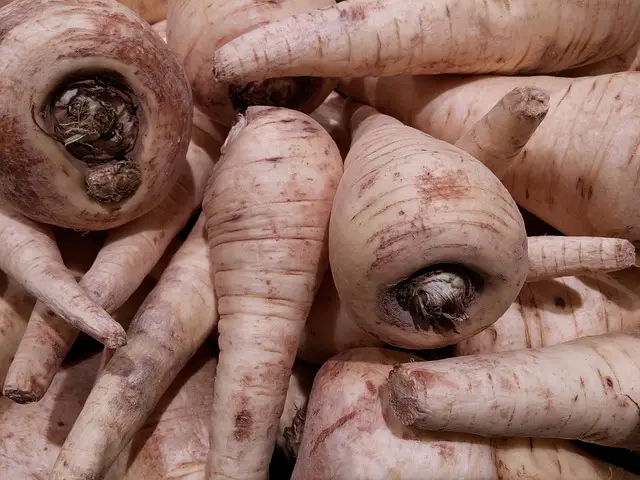
Parsnips are members of the same family as carrots and are susceptible to the same pests. I grow one row of parsnips with a row of carrots either side and then garlic around the outside.
Garlic and Celery

A member of the same family as carrots and parsnips, celery is also at risk from the carrot root fly. Grow garlic as a companion plant to keep the risk of carrot fly at a minimum.
Garlic and Lettuce
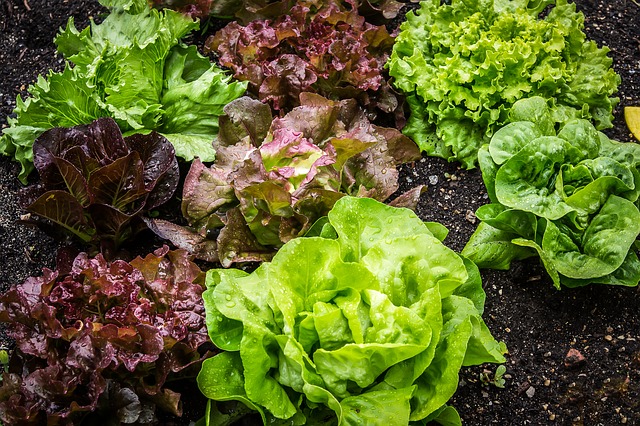
Lettuce are often attacked by caterpillars, aphids, flea beetles and slugs/snails. Grow garlic in companion with lettuce to repel these pests and disguise your lettuce from them as well.
Garlic and Roses

Roses get infested with aphids, by growing garlic around your roses you will keep the aphids away. If garlic doesn’t suit your garden plan, try making and using the garlic spray below.
What Not to Grow With Garlic
As with people so with plants, we don’t get on with everyone and garlic is just the same. Garlic is a natural accumulator of Sulphur which is a natural fungicide. By growing garlic in your garden you will help in warding off diseases.
Unfortunately there is one family of plants that will not benefit from this fungal cleansing…
Garlic and Legumes
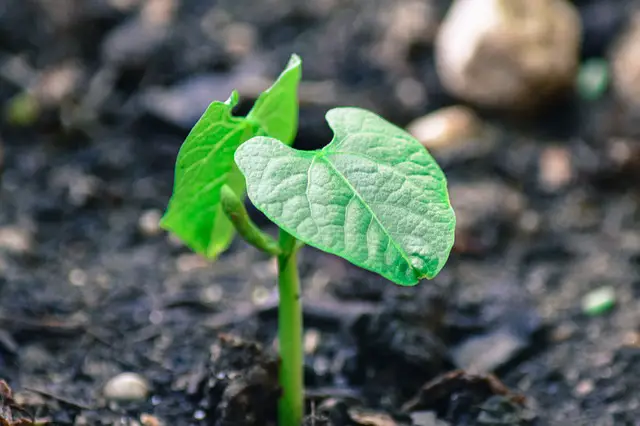
All members of the legume family use beneficial bacteria in the soil to fix nitrogen. Garlic kills this bacteria thus depriving the legumes of the means of healthy growth. Legumes include all beans and peas.
Garlic Spray
The main ingredients to this garlic spray are garlic and water, but it is much more effective if you add washing up liquid and cooking oil. The more garlic you use the stronger the spray, try one whole garlic bulb crushed and steep in boiling water over night.
No more than half a pint of hot water, then strain and add to a spray bottle. This will work as a repellent but to actually kill pests add a tea spoon of washing up liquid and a tea spoon of cooking oil to this mixture.
Some people add chilli powder or fresh chillies but this is not really necessary unless the infestation is severe. Take care as this spray can cause irritation so protect your eyes and remember to re-apply after rain. This solution can be stored in the refrigerator for up to 10 days then discard and make some more.
Spray directly to plants concentrating on the undersides where pests lurk and all along the stems.

